Market Analysis
In-depth Analysis of Europe SATCOM Market Industry Landscape
The upcoming 5G technology is set to impact communication and content delivery in a big way. This technology is like the next level of wireless networks that can work on various frequencies. It's divided into two groups: FR1 (450 MHz – 6 GHz) and FR2 (24 GHz – 52 GHz). The mainstream networks mostly use the first group, which allows for better coverage, higher speed, capacity, and faster response times compared to what we have now.
In the broadcasting world, 5G is expected to bring a variety of frequencies that will make it easier to share audio, video, and digital radio content. Using 5G technology, broadcasters can distribute content widely without needing extra frequency spectrum. They can take advantage of the broadband capabilities of 5G along with improvements in image quality, reception, and audio from ATSC 3.0 to upgrade broadcast transmission.
In the future, as 5G networks become more common, broadcasters are likely to invest more to understand what viewers like and how they behave. This means there will be new opportunities for companies that create broadcast equipment to grow in the market. It's like a big step forward in how we share and receive information and entertainment. In simple terms, 5G technology is like the next big thing in how we communicate and share content. It operates on different frequencies, providing better coverage and faster speeds compared to our current networks. This technology is expected to have a significant impact on the broadcasting industry.
The two main groups of 5G frequencies, FR1 and FR2, offer improved capabilities for transmitting audio, video, and digital radio content. The first group ensures better network reach, allowing for faster and more reliable connections. Broadcasters can use these frequencies to distribute content widely without needing additional resources.
The introduction of 5G is not just about faster connections; it also opens up opportunities for broadcasters to enhance the quality of their transmissions. By combining the broadband capabilities of 5G with advancements like improved image quality and audio from ATSC 3.0, broadcasters can transform the way they deliver content.
As 5G networks become more common, broadcasters are expected to invest in understanding viewers' preferences and behaviors. This means companies that create broadcast equipment, especially those pioneering new technologies, are likely to see growth in the market. It's like stepping into a future where communication and content delivery are faster, more efficient, and tailored to what viewers want.

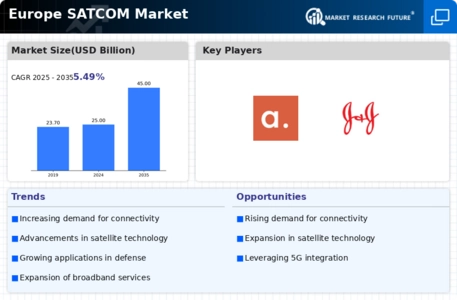

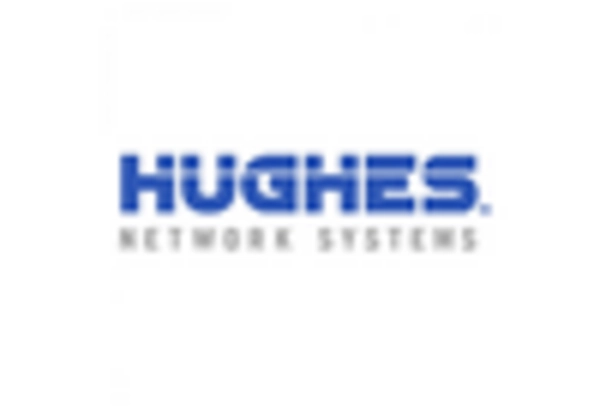
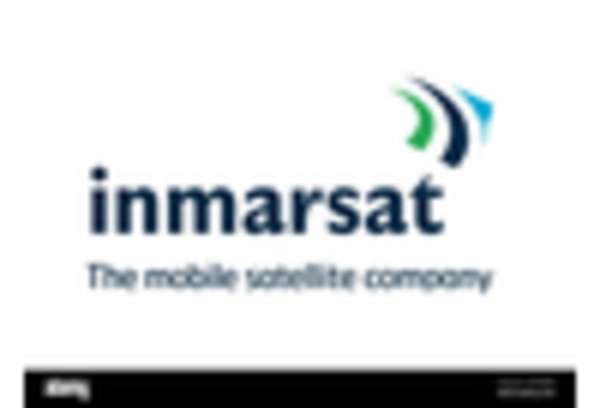
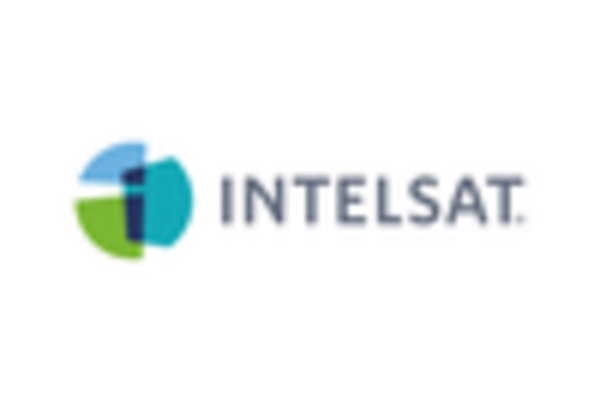
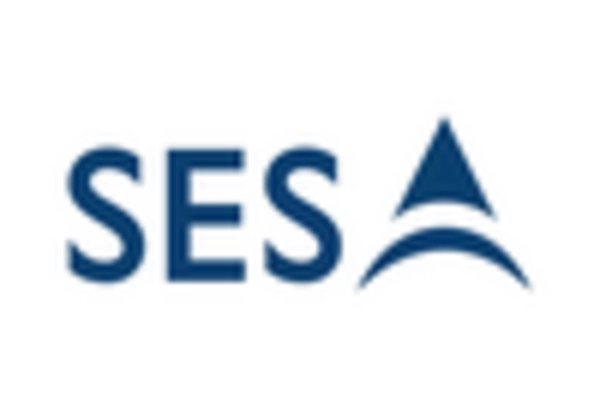
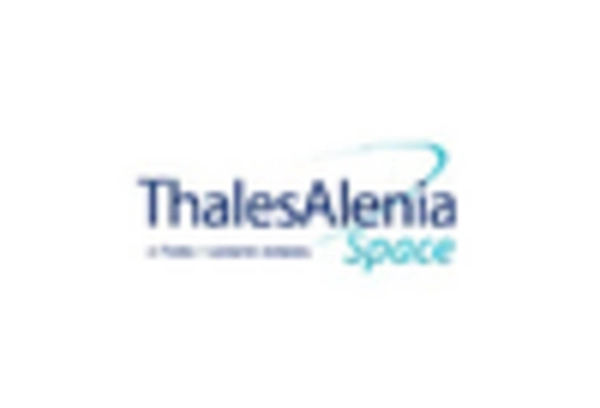









Leave a Comment